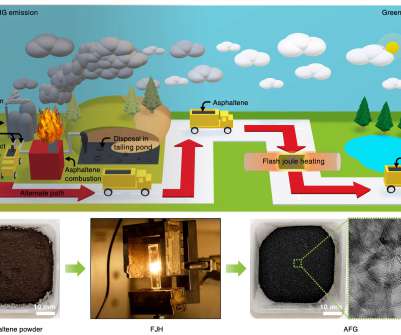3D printing with high-performance carbon fiber
Green Car Congress
MARCH 1, 2017
Lawrence Livermore National Laboratory (LLNL) researchers have become the first to 3D-print aerospace-grade carbon fiber composites, opening the door to greater control and optimization of the lightweight, yet stronger than steel material. Click to enlarge. —fluid analyst Yuliya Kanarska.









































Let's personalize your content